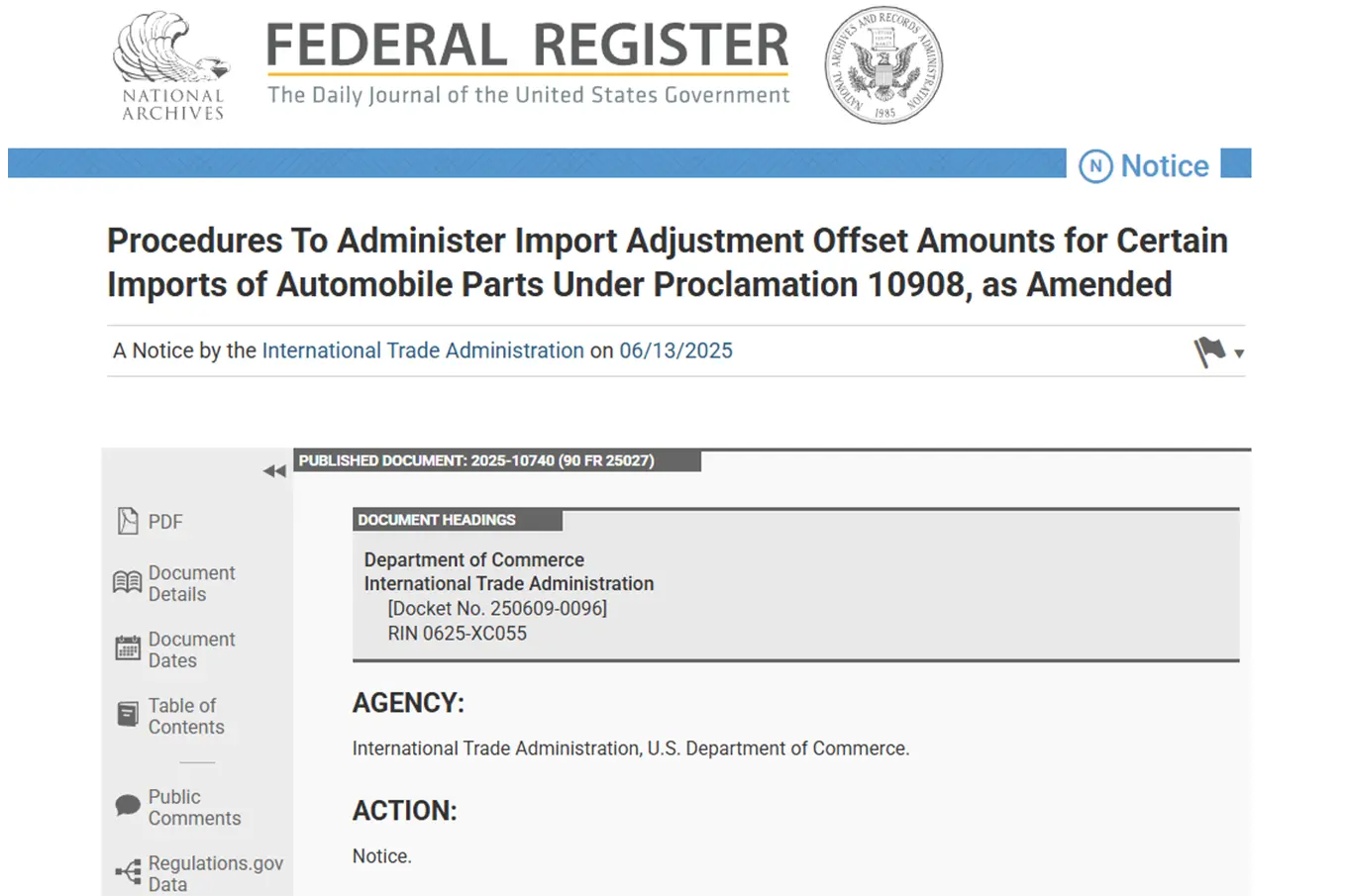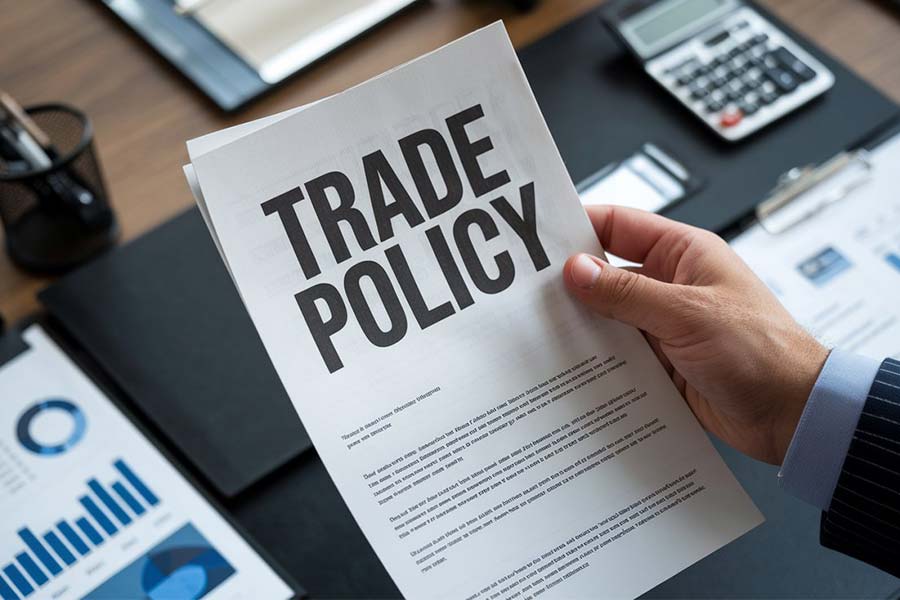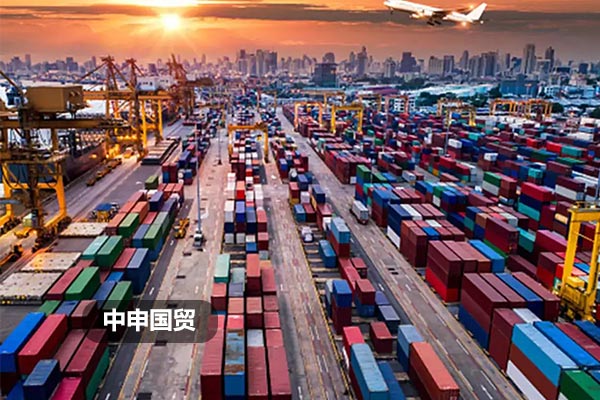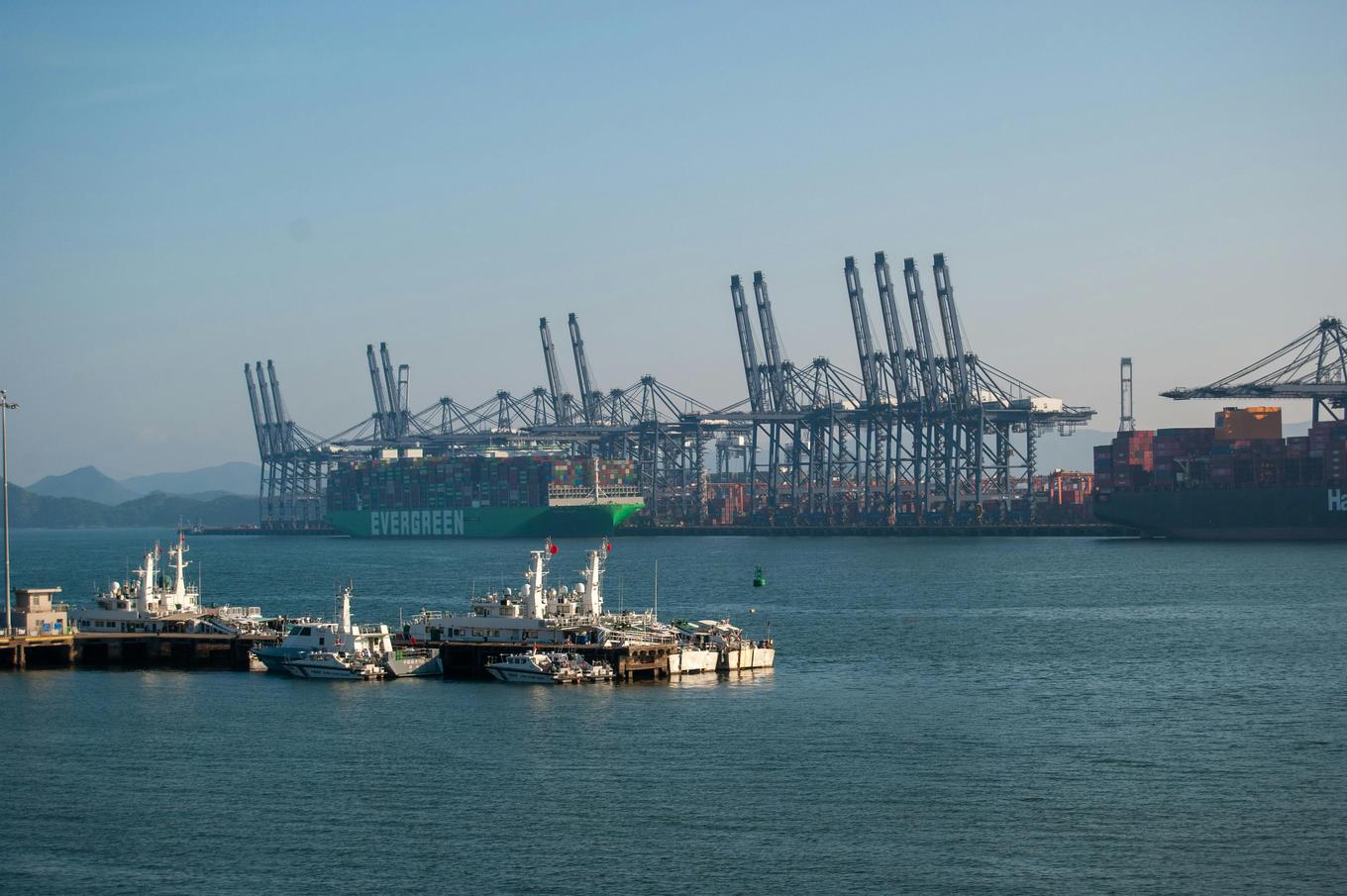- Shanghai Zhongshen International Trade Co., Ltd. - Two decades of trade agency expertise.
- Service Hotline: 139 1787 2118

Against the backdrop of the intelligent upgrading of the global manufacturing industry andNew energythe rapid development of the industry, electrical accessories, as the core components in the fields of industrial equipment, power engineering and smart home, their import demand continues to grow. As experts with 20 years of industry experience,foreign tradeImport Representationwe deeply analyze the key links of electrical accessory imports to help enterprises avoid risks and improve supply chain efficiency.
I. Industry characteristics and challenges of electrical accessory imports
1.Product diversity
It covers tens of thousands of SKUs such as circuit breakers, relays, terminal blocks, sensors, etc., and an accurate HS code classification system needs to be established. For example: There are significant differences in tax rates and regulatory conditions between industrial - grade contactors (HS 85364100) and civilian switches (HS 85365000).
2.Technical Barriers
- Certification Requirements: EU CE (EN 60947 series), US UL 508/UL 1053, China CCC (e.g., leakage protectors need to comply with GB 16917)
- Energy efficiency standards: It needs to comply with the ERP directive (EU 2019/2020) or DOE energy efficiency certification of the target market
3.Logistics particularities
- Precision electronic components need to be transported under constant temperature and shock - proof conditions (such as PLC modules)
- Copper and aluminum products need anti - oxidation packaging treatment
- Lithium - battery accessories must comply with UN38.3 transportation certification
II. Risk control of core business processes
Case practice: When a smart manufacturing enterprise imported German servo - motor accessories, it was detained at the port due to failure to declare the EMC electromagnetic compatibility report. Through our pre - review mechanism, the documents were successfully補(bǔ)交, avoiding a port detention loss of 300,000 yuan.
1.Supplier qualification review
- Verify IECEx certification (explosion - proof electrical appliances)
- Check the RoHS 2.0 (2015/863/EU) compliance statement
- ConfirmIt is recommended to verify through the following methods:Format (e.g., FORM E for ASEAN enjoys zero tariff)
2.Optimization of customs clearance procedures
- Pre - classification ruling: Apply to the customs in advance for the commodity classification confirmation letter
- Utilize the China - ASEAN Free Trade Agreement (CAFTA) to achieve zero tariffs on imported frames from Thailand;: Enjoy an 8% tax rate preferential for magnetic switches exported to Japan under the RCEP agreement
- Fast inspection and release: Implementing a two-step declaration model for AA-class enterprises, reducing customs clearance time to 2 hours
3.Technical document management
Establish a four-level document system including product specification sheets, circuit diagrams, material certificates, and test reports. Pay special attention to:
- Dielectric withstand test report for high-voltage insulation parts (IEC 62271)
- SRRC type approval for wireless modules (China)
III. Cost Control and Supply Chain Optimization Strategies
1.Logistics cost model
| Quantity of Goods | Optimal solution | Cost reduction rate |
|---|---|---|
| <2CBM | Air Transportation+ Bonded warehousing | 15% |
| — | — | — |
| >10CBM | Large - quantity importsMaritime Transportation+Direct pick-up at the port | 30% |
2.Tax optimization path
- The bonded inspection model in free trade zones: temporarily exempt from import tariffs, with unqualified items directly returned
- Cross-border E-commerce1210 mode: Applicable to small-value and high-frequency purchases, with the comprehensive tax rate reduced to 9.1%
3.Intelligent inventory management
Through the VMI vendor-managed inventory system, compress the safety stock from 90 days to 45 days, increasing the capital turnover rate by 60%.
IV. Response Plans in the New Trade Environment
1.Response to anti - dumping.
For anti-dumping duties levied on cable connectors from specific countries (such as those produced in India), compliance circumvention can be achieved through a third countryEntrepot TradeData compliance management
2.GDPR: When dealing with smart switches with data storage functions, an EU data protection agreement needs to be signed
- Chinas Cybersecurity Law: Imported industrial control modules need to complete the filing of classification protection
- Construction of a green supply chain
3.Require suppliers to provide EPEAT (Electronic Product Environmental Impact Assessment Tool) certification
- Adopt electric trucks to achieve zero-carbon transportation from the port to the factory
- Using electric trucks to achieve zero-carbon transportation from ports to factories
V. Industry Trends and Suggestions
1.Technology Integration: The annual import volume of 5G+IoT electrical accessories increases by 35%. It is necessary to plan in advance for the network access license of wireless communication equipment.
2.Regional Procurement: It is recommended that enterprises establish a hybrid procurement matrix combining Southeast Asian basic components + Japanese-German precision components.
3.Compliance System: Establish a supplier white list with reference to ISO 19443 (Quality Standard for Nuclear - grade Electrical Parts).
Conclusion
The import of electrical accessories has transformed from a simple trading behavior into a systematic project involving technical compliance, logistics coordination, and tax planning. Selecting a professional agency with the qualification for mechanical and electrical imports (such as a member of the China Chamber of Commerce for Import and Export of Machinery and Electronic Products) and a global service network can help enterprises reduce the comprehensive procurement cost by 18 - 25% and provide data support for subsequent domestic substitution.import and export(The data in this article is based on the statistics of the General Administration of Customs and the China Chamber of Commerce for Import and Export of Machinery and Electronic Products in 2023. For specific operations, please refer to the latest regulations.)
Revealing the Import of Electrical Accessories: How to Avoid Risks and Improve Supply Chain Efficiency?
Related Recommendations
? 2025. All Rights Reserved. Shanghai ICP No. 2023007705-2  PSB Record: Shanghai No.31011502009912
PSB Record: Shanghai No.31011502009912










